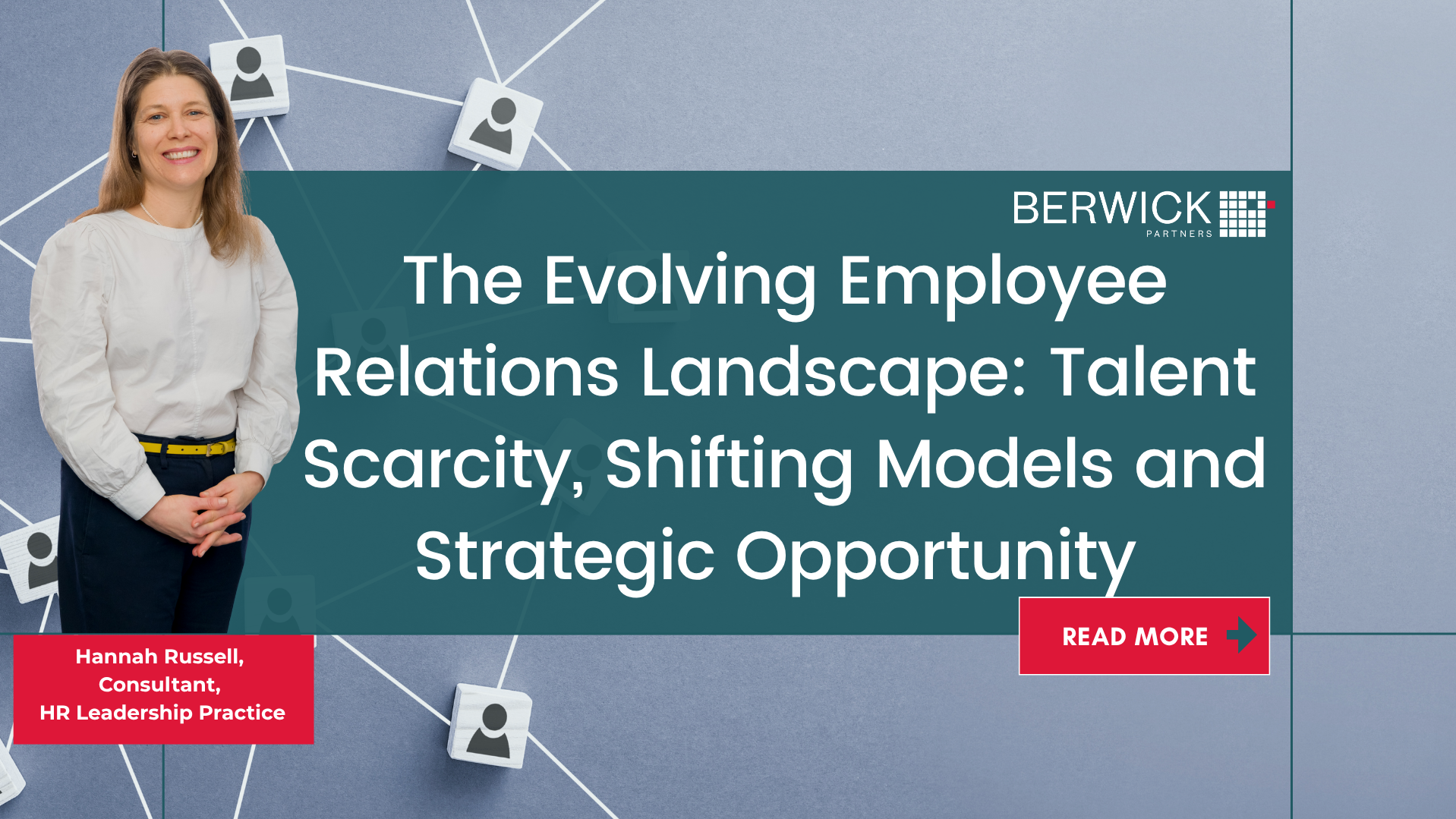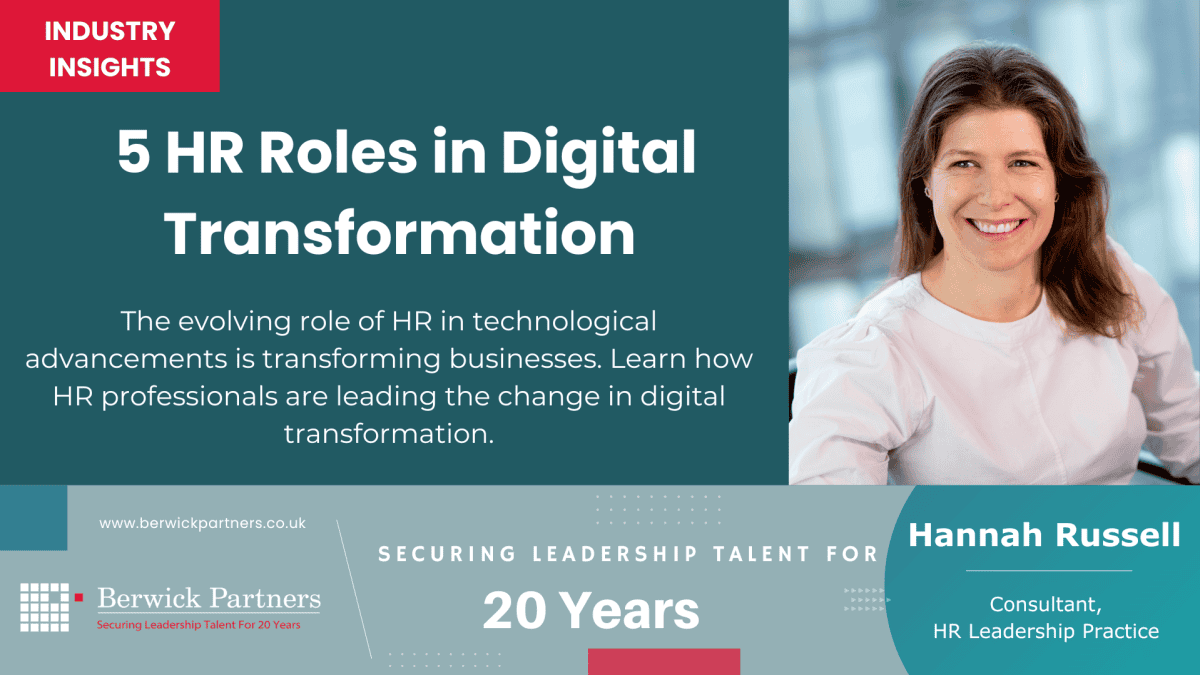The evolving Employee Relations landscape: Talent scarcity, shifting models and strategic opportunity

In today’s changing HR environment, Employee Relations (ER) is undergoing an evolution. ER functions have changed and moved beyond their traditional remit as increasingly, ER is being recognised as a critical enabler of organisational culture, engagement and resilience.
Having worked in the HR function for almost two decades, I’ve been lucky enough to witness this transformation first hand. Whilst some changes are not entirely new – in many organisations the ER function has been centralised for some time – in recent years these trends have become more pronounced. In the UK, the employment rights bill is likely to increase the importance of ER in organisations.
Whilst there continues to be steady demand for skilled ER professionals, so too does the challenge of talent scarcity – a trend increasingly on the radar of HR leaders.
The ER talent pipeline challenge
At the heart of the issue of scarcity of experienced ER professionals is a structural shift in HR operating models. Many organisations have transformed their People functions, moving ER responsibilities out of the ‘traditional’ HRBP remit and into specialised Employee Relations Centres of Excellence (COEs).
This shift offers clear advantages: HRBPs are freed to focus on partnering with the business on developing and executing the people plan – including a core focus on leadership development and organisational design. However this means that HRBPs – historically a primary pipeline for ER talent – now have much less hands-on exposure to ER casework.
In the past, HRBPs who discovered a passion or aptitude for ER could pivot into full-time ER roles. Without that exposure, fewer HR professionals are gaining the skills required to enter the ER function, which has resulted in a more static ER population. In addition, some HR professionals enjoy a stint in ER but may look to move to another part of HR (in most cases returning to a HR Business Partnering role) – sometimes needing a break from the emotional toil of the day-to-day demands of ER.
A static and scarce talent pool
The existing ER workforce typically have long tenure and significant institutional knowledge – which makes turnover less frequent. Many ER professionals – especially at the mid-level – work part-time; in my conversations with ER practitioners approximately 40-50% work part-time – further limiting the available capacity.
Whilst the ER skill set comprises three main elements – case management, advisory and policy development – there is also a strong cultural element to managing ER that varies across organisations. Organisations have different levels of risk appetite and the engagement model between ER, HRBPs, HR Shared Services and Employment Counsel can be quite variable.
Expanding the ER talent pool
Despite these constraints, there are opportunities to rethink how we source and develop ER professionals. Forward-thinking organisations are tapping into non-traditional ER talent sources.
- HR Shared Services: Often the front-line for employee issues, Shared Service teams offer a valuable training ground for ER fundamentals, particularly in high-volume case management.
- HR Business Partners: Whilst to a lesser extent than in the past, HRBPs with an affinity for advising on complex employee issues, continue to be an important source of ER talent.
- Employment Lawyers: Typically making the move to ER with less than five years post-qualifying experience, Employment Lawyers often make the move over to ER following a client secondment.
- Early Careers Talent Programmes: Emerging HR professionals from graduate and apprenticeship schemes can be equipped with ER skills through structured rotations, mentoring and hands-on ER experience, albeit that intakes here are limited.
ER as a lever for engagement
One of the most interesting developments in ER has been the growing integration of ER into broader engagement strategies, in particular leveraging ER learning into the people plan – focusing on improving employee experience and culture. ER insights prove invaluable in providing themes that are being fed back into HR strategy to enable organisations to develop their capabilities, policies and promote psychological safety. ER is now being woven into the fabric of workforce strategy.
A strategic opportunity for the future
As the ER landscape continues to shift, the question is not just how to fill ER roles, but how to elevate ER as a strategic function that underpins the whole employee lifecycle. Organisations that invest in developing ER capability will not only solve a pressing resourcing challenge, but given the right organisational mechanisms, gain a competitive advantage in workforce culture and engagement.
If you would like to talk about how to find the right HR professional for your business, get in touch with me at Hannah.Russell@BerwickPartners.co.uk




